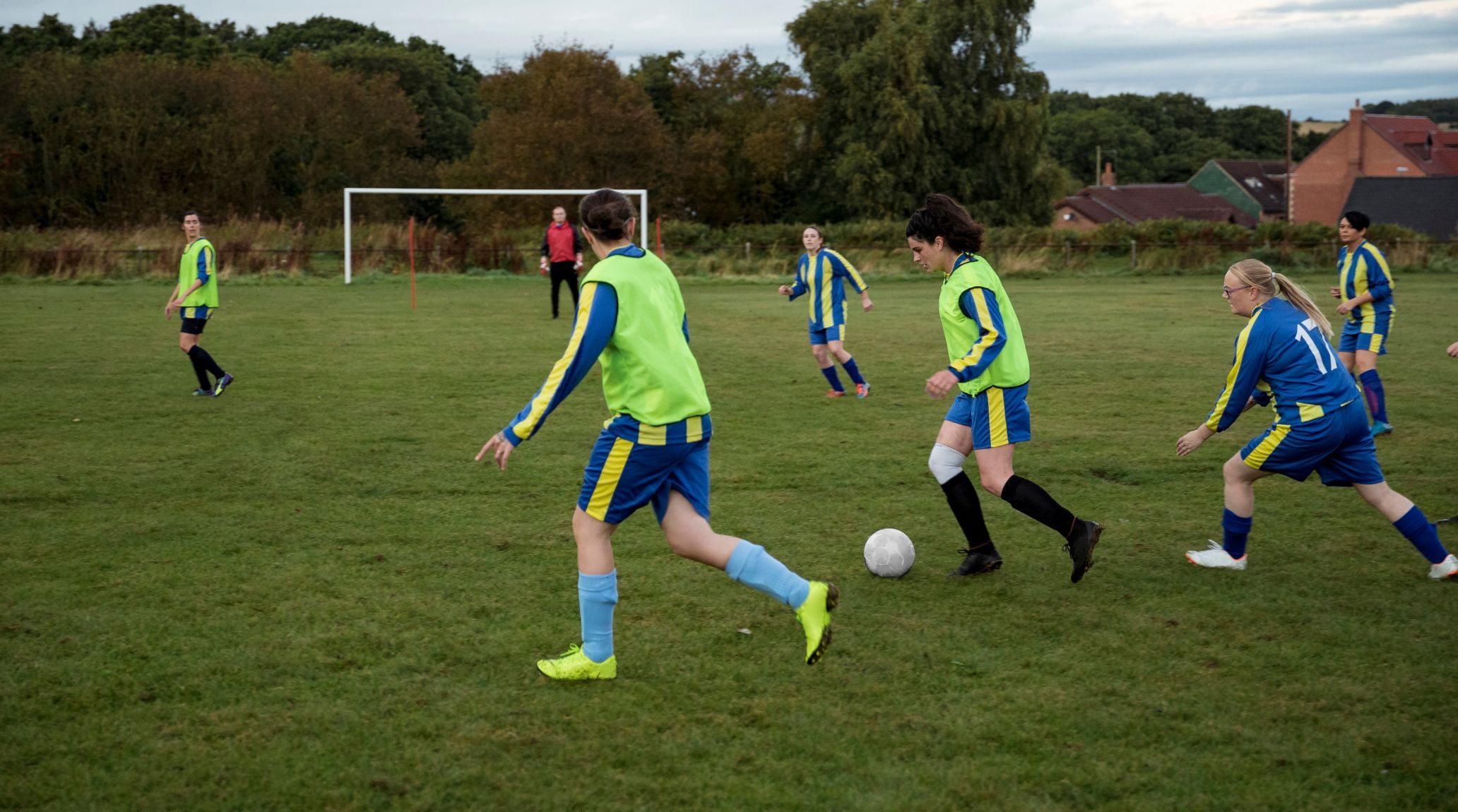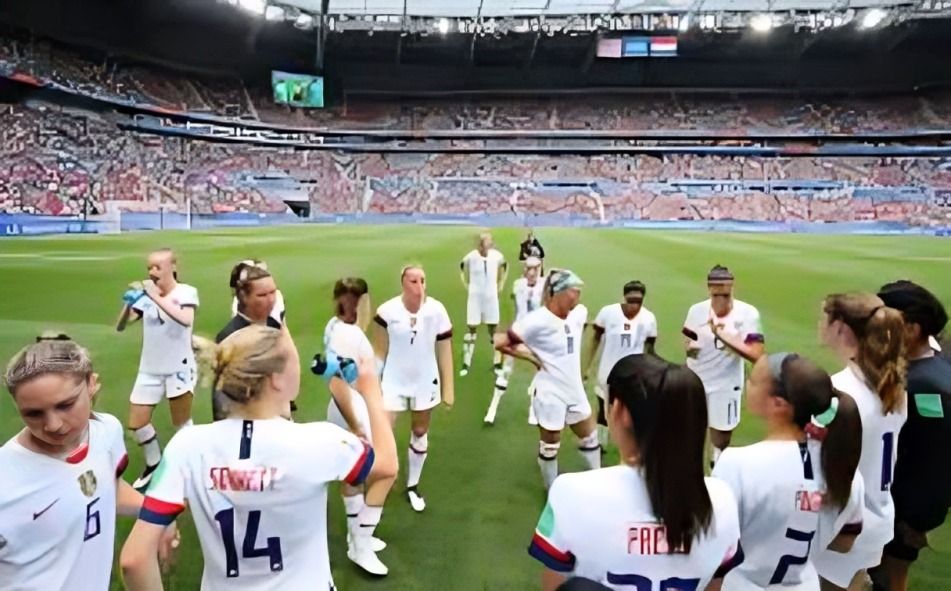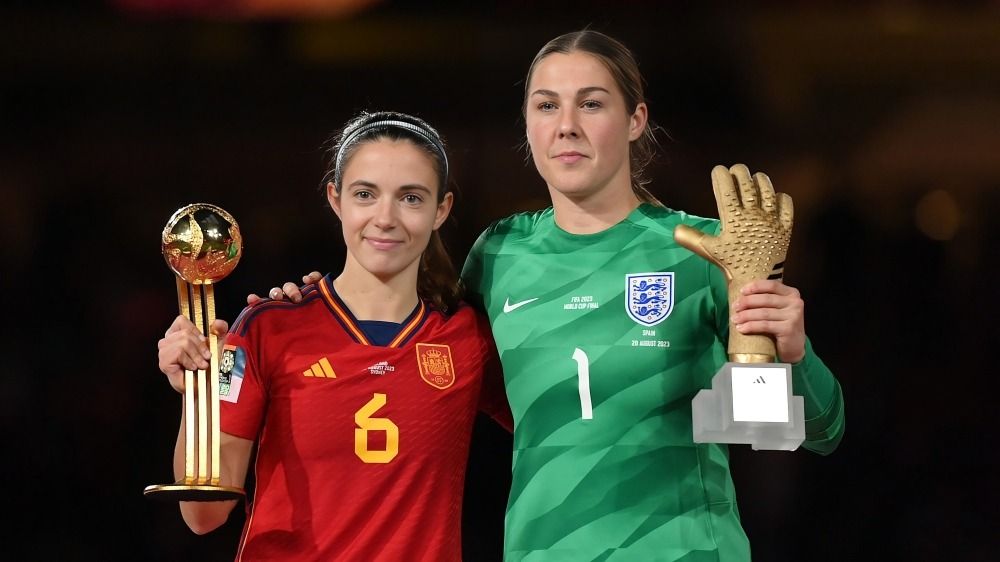
Women's football has experienced a remarkable transformation, evolving from a marginalized sport to a global phenomenon. The rise of women's football is not just about breaking records on the pitch but also about challenging gender norms. In this article, we dive into 20 facts about the rise of women's football, highlighting its key milestones, influential figures, and the challenges overcome along the way. From the early pioneers to modern superstars, these facts show how far the sport has come and where it's headed. 1
Women's football dates back to the late 19th century, with the first recorded match occurring in 1895 in England. The match drew a crowd of 10,000 spectators, highlighting early interest in the women's game. 2
Established in 1991, the FA Women's Premier League was the first national league for women in England. which provided a structured platform for women's football and increased visibility for the sport. 3

2019 FIFA reported that over 13 million girls and women played organized football worldwide. Viewership for the Women’s World Cup surged, with the average live match audience rising by 106%, from 8.4 million in 2015 to 17.27 million in 2019.
Women's football was included in the Olympic Games for the first time in 1996. This milestone significantly raised the profile of women's football on a global scale and encouraged more girls to participate.4
The inaugural FIFA Women's World Cup took place in 1991 in China, with 12 teams competing. The tournament has since grown, with the 2019 edition featuring 24 teams and millions of viewers worldwide. 5
Canadian striker Christine Sinclair holds the record for the most goals in both men’s and Women's international football, having scored twice in a 2020 match against St. Kitts & Nevis. As of April 2022, she reached her 189th goal in 310 matches.6
Numerous countries have established professional leagues for women's football, including the National Women's Soccer League (NWSL) in the U.S. and the F.A. Women's Super League (WSL) in England, boosting the sport's visibility. 7
In May 2022, the U.S. women's national football team secured a historic equal pay deal with U.S. Soccer, resulting in a $22 million payout and a $2 million fund for players' post-career support and charitable initiatives. 8
Major brands have begun investing in women's football, with sponsorship deals for clubs and leagues reaching record levels. This financial support is crucial for developing and growing the women's game. 9
Players like Mia Hamm, Abby Wambach, and Marta have become global icons, inspiring young girls to take up the sport. Their achievements have helped elevate the status of women's football internationally. 10
Many football associations are investing in grassroots programs to increase female sports participation. These initiatives help develop talent from a young age and promote lifelong engagement in football. 11
In the U.S., the implementation of Title IX in 1972 mandated equal opportunities for women in sports, leading to a dramatic increase in female participation in football and other sports at all levels. 12
More women are stepping into coaching and leadership positions within football, breaking down barriers and serving as role models for future generations. This trend contributes to the growth and development of women's football. 13
Social media platforms have played a crucial role in promoting women’s football, allowing players and teams to connect with fans and build a global audience. This engagement has helped raise awareness and support for the sport. 14
Organizations and grassroots initiatives are actively working to promote women’s football at local levels. These efforts are vital for increasing participation and creating sustainable pathways for female athletes. 15
The growth of international competitions, such as the UEFA Women’s Champions League, has provided platforms for clubs and players to showcase their talent on a larger stage, increasing competitiveness and visibility. 16

FIFA has introduced awards specifically recognizing the achievements of female players and coaches, such as The Best FIFA Women's Player award, highlighting their contributions to the sport.
The future of women's football looks promising, with continued investment, growing fan engagement, and increasing opportunities for female players. As the sport evolves, it is set to become a major force in global football. 17
Football's governing bodies have recognized the commercial potential of women's football, which is rapidly gaining popularity among fans. Clubs with a formal strategy for women's football see significantly higher average revenues of $0.6 million. 18
Poland's top tier of women's football effectively utilizes high-quality statistics and live data, thanks to an exclusive agreement with STATSCORE. This organization provides live football statistics gathered directly from venues by experienced scouts. 19